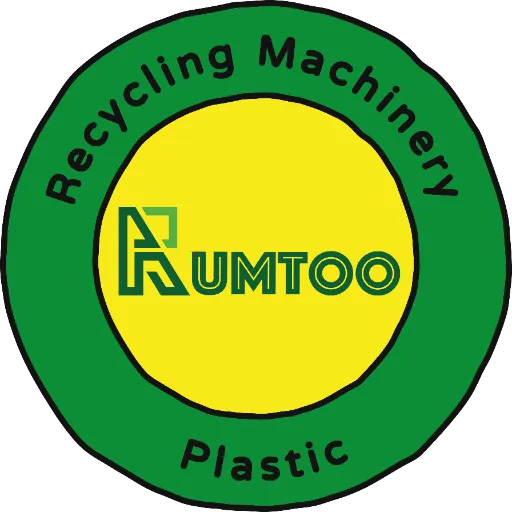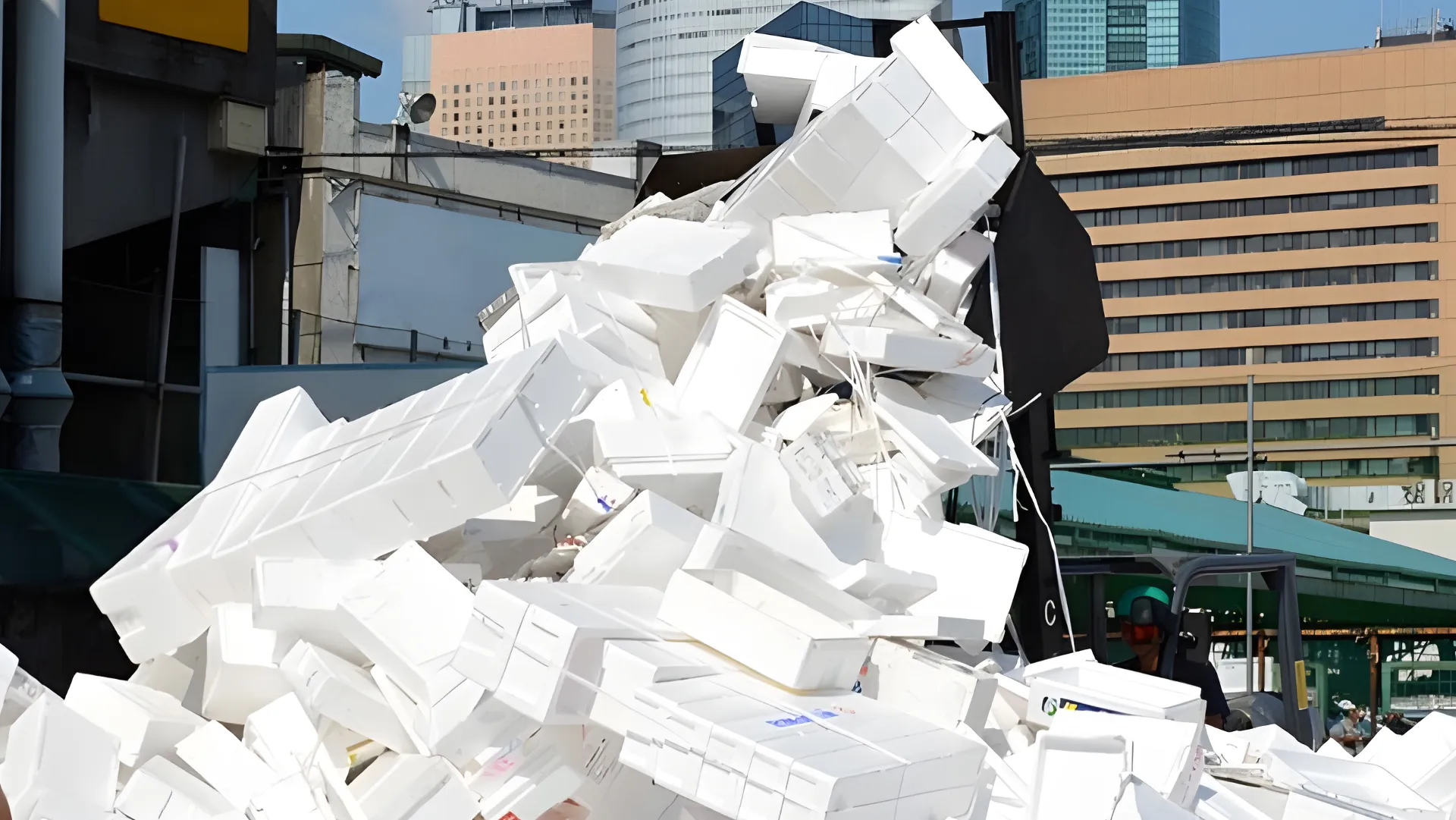Plastic foam materials are incredibly versatile, finding their way into many aspects of daily life. From packaging to construction and even in food and beverage applications, these materials are ubiquitous. However, this widespread use brings up an important question: Are plastic foams recyclable? The answer is a resounding yes! Most commonly used foams, such as EPS, EPE, and EPP, are recyclable.
In this guide, we’ll explore the different types of plastic foams and how they can be recycled effectively.
Understanding the Different Types of Recyclable Plastic Foams
EPS Foam Recycling
Expanded Polystyrene (EPS), often recognized as the foam version of polystyrene polymer, is a popular material for food packaging, shipping, and stationery applications. This lightweight foam, sometimes referred to by the trademarked name “Styrofoam,” contains up to 95% air, making it an excellent insulator and cushioning material.
Recycling EPS foam is crucial because it is widely used and often discarded after a single use. Specialized recycling machines are designed to handle EPS foam, compressing it into dense blocks that can be reused in various manufacturing processes.
EPE Foam Recycling
Expanded Polyethylene (EPE) foam is another recyclable foam known for its resilience, durability, and lightweight nature. EPE foam is frequently used to package fragile and heavy goods, as well as in a variety of other applications like floating pool noodles and sports equipment.
EPE foam’s ability to absorb impact while providing thermal insulation makes it a popular choice across industries. Recycling EPE foam involves reducing it to its base materials, which can then be used to produce new foam products, reducing waste and the demand for raw materials.
EPP Foam Recycling
Expanded Polypropylene (EPP) foam is known for its exceptional strength and flexibility. It’s resistant to chemicals, moisture, and temperature extremes, making it ideal for use in automotive components, heavy-duty packaging, and thermal insulation.
Recycling EPP foam helps preserve its valuable properties, allowing it to be reused in new applications. Like EPS and EPE, EPP foam recycling involves compressing the material for easier handling and processing in future manufacturing.
How to Recycle Plastic Foams Effectively
To recycle these foams, specialized recycling machines are recommended. These machines are designed to handle the unique properties of EPS, EPE, and EPP foams, transforming them into reusable materials. Companies across the globe, including in Saudi Arabia and Germany, have successfully implemented foam recycling machines, significantly reducing waste and contributing to a more sustainable future.
Conclusion
Recycling plastic foams like EPS, EPE, and EPP is not just possible but necessary for reducing environmental impact. With the right equipment, these materials can be efficiently recycled and reintroduced into the production cycle, supporting a circular economy.

